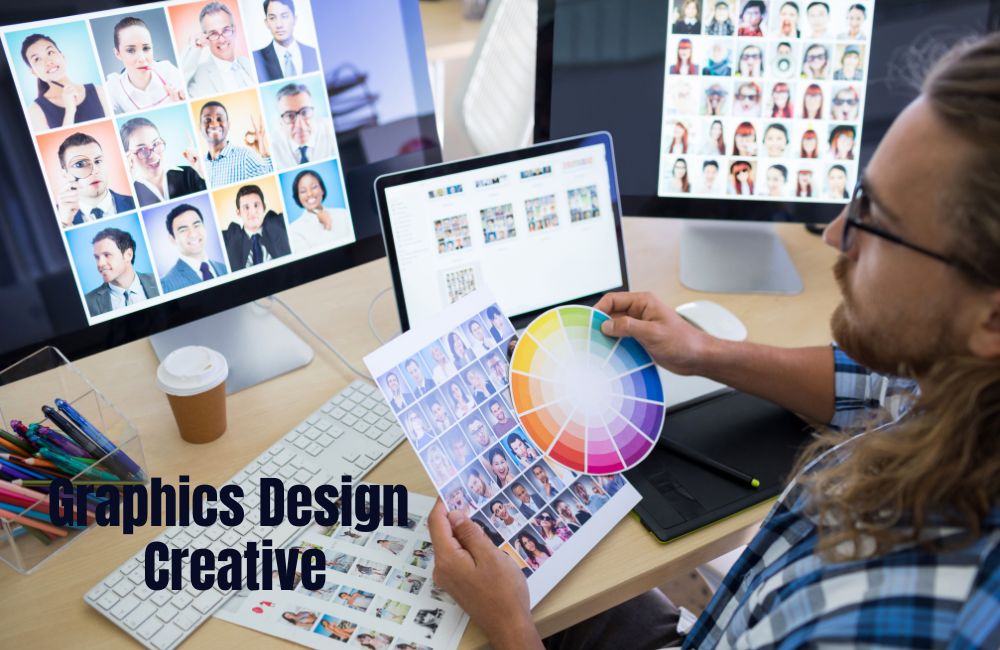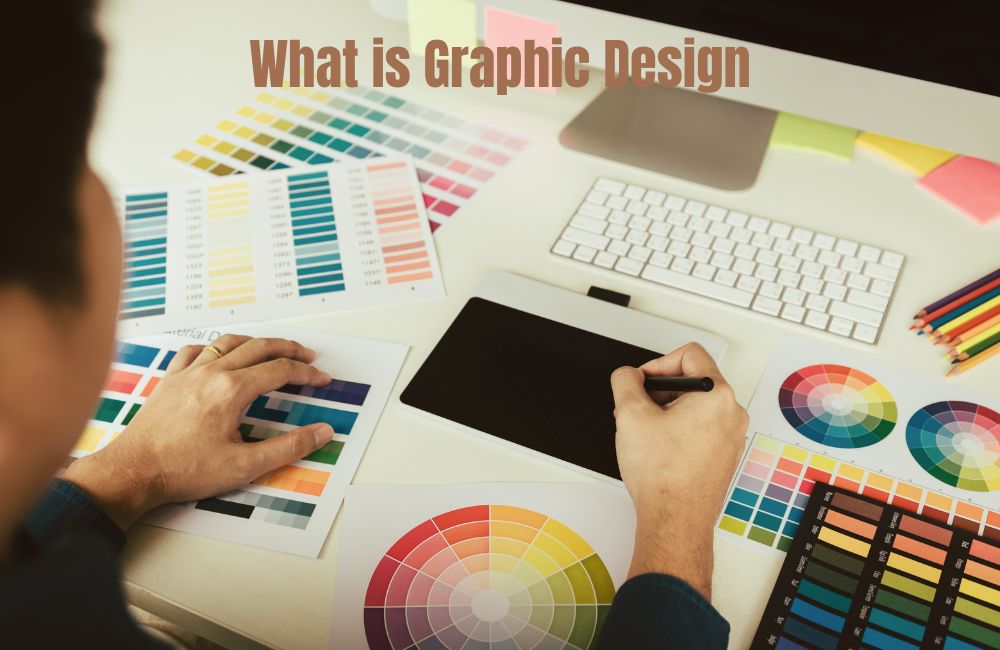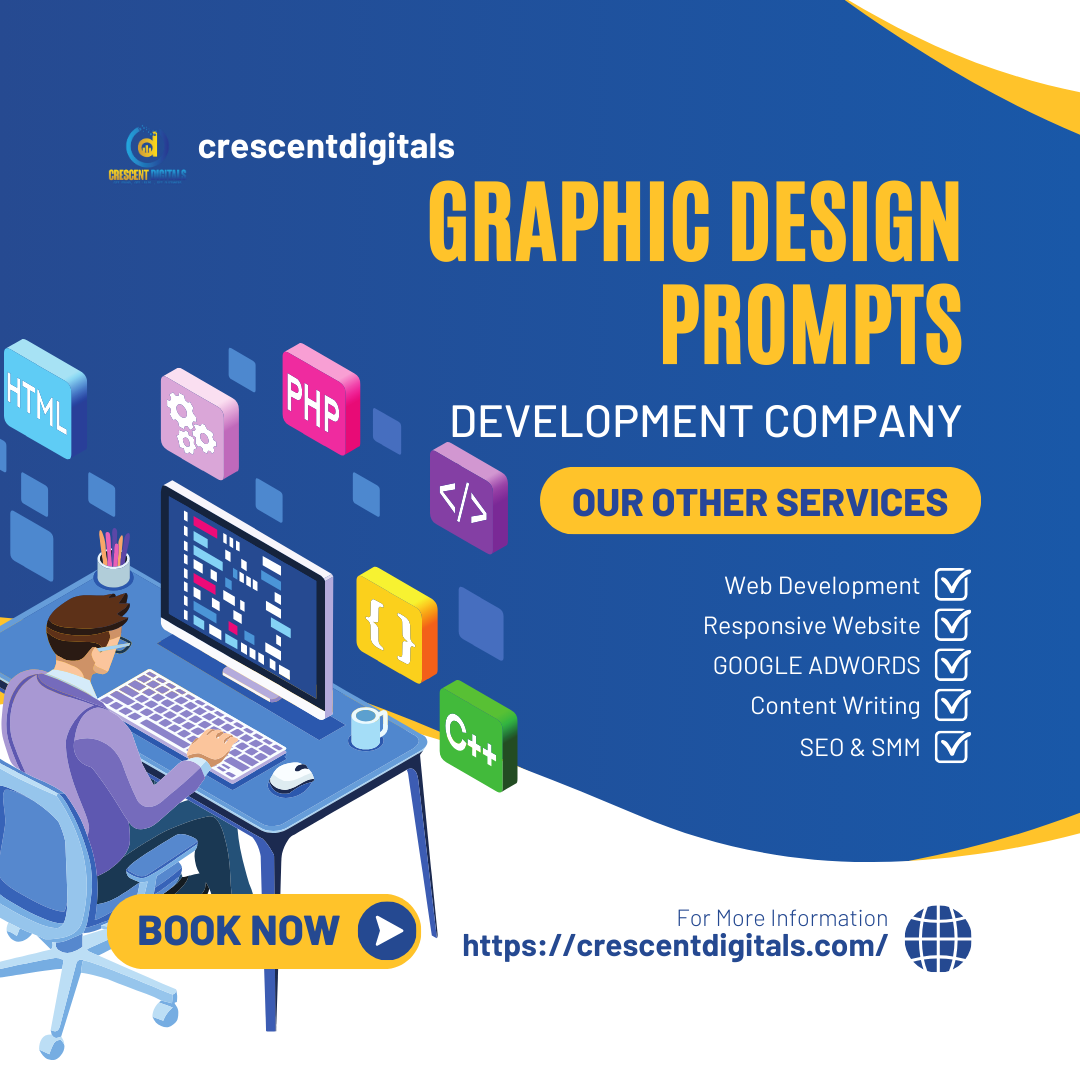Can You Be a Graphic Designer If You Are Not Creative? To be a graphic designer, creativity is essential but not the only requirement. Technical skills and the ability to interpret client briefs play a significant role in graphic design.
While creativity can be nurtured and developed, it’s important to have a strong understanding of design principles and software proficiency. Being adaptable and having a keen eye for detail are also crucial for success in this field. As a graphic designer, you can explore various design styles and techniques, allowing you to express creativity in different ways.
With dedication and practice, anyone with a passion for design can excel in the graphic design industry, regardless of their perceived level of creativity.

Credit: www.dice.com
Understanding The Role Of Creativity In Graphic Design
Graphic design is often associated with creativity. Yet, some people question whether you can be a graphic designer if you are not naturally creative. Understanding the role of creativity in graphic design is crucial in dispelling misconceptions and highlighting its importance in this field.
Importance Of Creativity In Graphic Design
Creativity is the lifeblood of graphic design. It is the driving force behind the conceptualization and realization of design solutions. In graphic design, creativity enables designers to brainstorm and innovate, leading to compelling and visually stunning designs. From logo creation to website layouts, a designer’s ability to think outside the box directly impacts the effectiveness and appeal of their work. Moreover, creative thinking fosters unique perspectives and originality, which are essential for standing out in a competitive industry.
Misconceptions About Creativity In Graphic Design
One prevalent misconception is that creativity is an inborn talent and cannot be developed through practice and perseverance. Contrary to this belief, creativity can be nurtured and honed through continuous learning, experimentation, and exposure to diverse artistic influences. Another misconception is that only traditional art skills constitute creativity in graphic design. However, creativity in this context encompasses problem-solving abilities, strategic thinking, and a keen understanding of visual communication principles.
Developing Technical Skills In Graphic Design
While creativity is an essential aspect of graphic design, developing strong technical skills is equally important. As a graphic designer, it is crucial to master various design tools and software, understand typography and color theory, and grasp visual hierarchy and composition. Let’s delve into the technical aspects of graphic design that can help elevate your skills and expertise in the field.
Mastery Of Design Tools And Software
Mastering design tools and software is fundamental for any graphic designer. Familiarizing yourself with industry-standard software such as Adobe Photoshop, Illustrator, and InDesign allows you to manipulate imagery, create vector graphics, and design layouts with precision. Additionally, proficiency in other tools like Sketch, Figma, or Canva can broaden your skill set and cater to different design needs.
Importance Of Typography And Color Theory
Understanding typography and color theory is pivotal in creating visually appealing and cohesive designs. A solid grasp of typography enables you to effectively manipulate fonts, sizes, and spacing to convey the intended message. Likewise, knowledge of color theory empowers you to choose palettes harmoniously, create emphasis, and evoke specific emotional responses through color schemes.
Understanding Visual Hierarchy And Composition
Grasping visual hierarchy and composition is essential for organizing elements within a design to guide the viewer’s attention. Establishing a clear visual hierarchy ensures that the most critical information stands out, while a well-composed layout harmonizes various graphical elements to create visually appealing designs.
Leveraging Research And Analysis In Graphic Design
When it comes to graphic design, creativity is often considered a core requirement for success. However, the role of research and analysis in graphic design should not be overlooked. Leveraging research and analysis can significantly enhance the effectiveness of graphic design, enabling designers to create impactful and strategic visual solutions. By incorporating market trends and consumer behavior, as well as using data for informed design decisions, graphic designers can effectively bridge the gap between creativity and strategy.
Incorporating Market Trends And Consumer Behavior
Graphic designers can leverage market trends and consumer behavior data to gain valuable insights into the preferences, needs, and expectations of their target audience. By understanding the evolving market landscape and consumer preferences, designers can tailor their visual communication to resonate with the intended audience, ultimately leading to more impactful and relevant design solutions.
Using Data For Informed Design Decisions
Data-driven design decisions enable graphic designers to validate their creative concepts and strategies with concrete evidence. By analyzing data related to user interaction, engagement metrics, and demographic insights, designers can refine their visual solutions to better align with the preferences and behaviors of their audience. This approach helps in creating designs that are not only visually appealing but also optimized for achieving specific communication and marketing goals.
Cultivating A Growth Mindset In Graphic Design
Graphic design is often associated with creativity, but can you be a graphic designer if you are not inherently creative? The answer lies in cultivating a growth mindset. Embracing continuous learning and improvement and overcoming creative blocks and challenges are key aspects of developing a growth mindset in graphic design.
Embracing Continuous Learning And Improvement
As a graphic designer, it’s essential to have an unwavering commitment to continuous learning and improvement. Staying updated with the latest design trends, tools, and techniques is crucial. Adapting to advancements in technology and embracing new design software can enhance your skills as a graphic designer. Moreover, seeking feedback from peers and clients can provide valuable insights for improvement.
Overcoming Creative Blocks And Challenges
Creative blocks and challenges are common in the graphic design process. However, approaching these obstacles with a growth mindset can lead to breakthroughs. Experimenting with different design approaches, seeking inspiration from diverse sources, and engaging in collaborative brainstorming sessions can help in overcoming creative blocks. Additionally, understanding that failure is a part of the creative process and using it as a learning opportunity is essential for growth.
Embracing Collaboration And Feedback In Graphic Design
Embracing Collaboration and Feedback in Graphic Design is essential for the growth and success of any designer, regardless of their level of creativity. This approach not only allows designers to work in a team but also helps in utilizing constructive feedback for continuous improvement. Let’s delve into the importance of working in a team and the utilization of constructive feedback in graphic design.
Importance Of Working In A Team
Working in a team as a graphic designer brings forth numerous benefits. Collaboration allows for the exchange of diverse ideas and perspectives, which can lead to innovative solutions. In a team, designers can complement each other’s strengths and weaknesses, resulting in a more comprehensive and well-executed design. Additionally, teamwork fosters an environment of learning and support, which contributes to the professional development of each team member.
Utilizing Constructive Feedback For Growth
Feedback is an invaluable aspect of graphic design, as it provides insights into how designs are perceived by others. Embracing constructive feedback allows designers to refine their work and evolve their skills. By actively seeking and incorporating feedback, designers can identify areas for improvement, refine their design choices, and ultimately elevate the quality of their work. This iterative process not only refines designs but also nurtures a culture of continuous improvement within the design team.
Frequently Asked Questions For Can You Be A Graphic Designer If You Are Not Creative
Can I Become A Graphic Designer Without Artistic Skills?
Yes, you can learn design principles and techniques through practice and education.
Is Creativity A Necessity To Succeed As A Graphic Designer?
While creativity can be an asset, dedication and skill development are equally crucial.
Can Technical Skills Compensate For Lack Of Creative Talent?
Proficiency in design software and tools can enhance your capabilities as a graphic designer.
Are There Non-creative Roles Within The Graphic Design Field?
Yes, roles such as UI/UX design, web design, and branding focus less on artistic creativity.
Can I Excel In Graphic Design With Strong Analytical Skills?
Analytical skills can be an advantage in interpreting client requirements and data-driven design.
Is It Possible To Enhance Creativity Through Practice And Training?
Yes, creativity can be cultivated and expanded through exercises, exploration, and exposure to diverse influences.
Can Non-artistic Backgrounds Transition Into Graphic Design?
Yes, diverse backgrounds can bring unique perspectives and skills beneficial to graphic design.
Is A Lack Of Artistic Talent A Barrier To A Graphic Design Career?
Artistic talent is valuable, but dedication and a strong work ethic can compensate.
Can Training And Education Help Develop Design Skills?
Formal education and specialized training provide valuable knowledge and skills essential for graphic design.
Can Collaboration With Creative Professionals Improve Design Work?
Collaboration with artists, writers, and other creatives can enhance and enrich graphic design projects.
Conclusion
Being a graphic designer doesn’t always require innate creativity. With the right training and dedication, anyone can excel in the field. While natural creativity is a bonus, mastery of design principles and software proficiency can compensate. Ultimately, a combination of technical skills and a willingness to learn can lead to success in graphic design.






